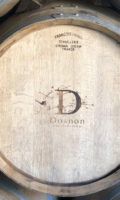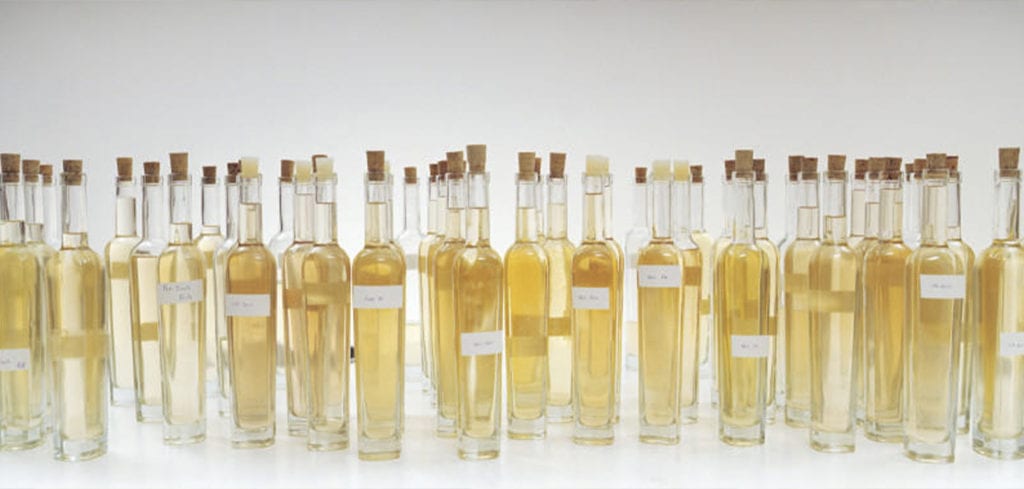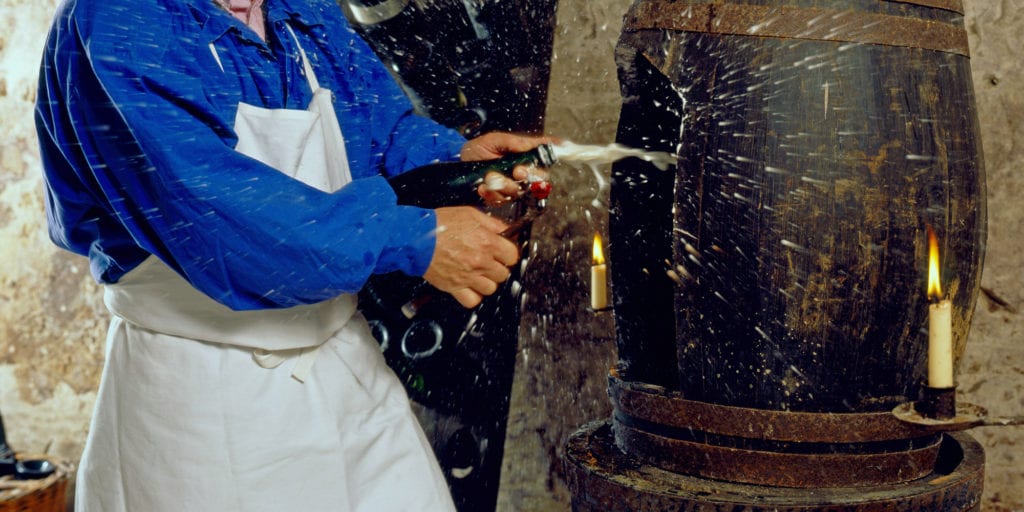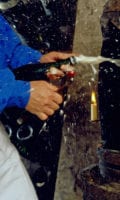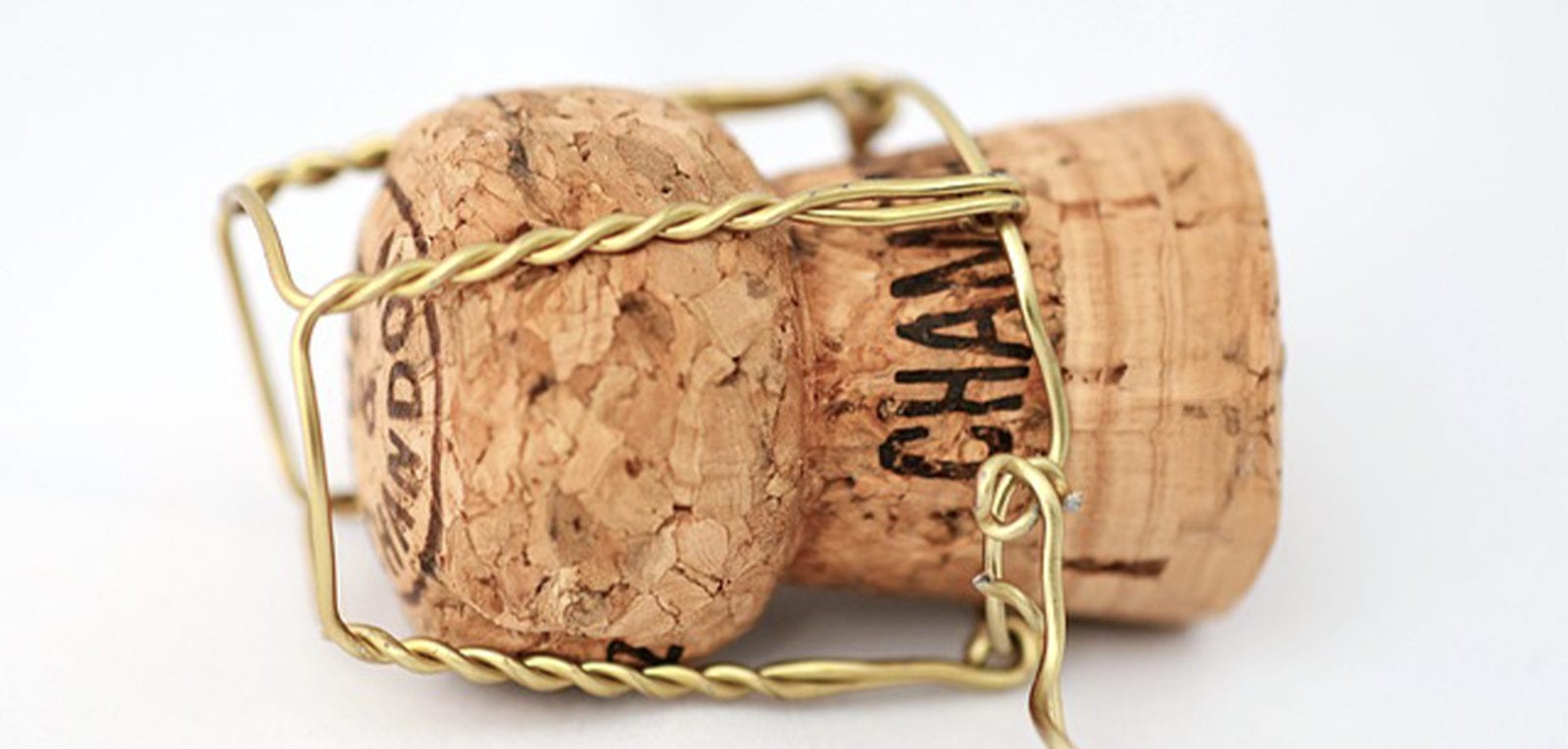
The cork of a champagne bottle, like all corks, has an elongated, cylindrical shape at the beginning. The familiar mushroom shape with a conical foot only develops later. The cork is inserted into the neck of the bottle in a highly compressed form. Over time, the cork adapts to the neck of the bottle and loses its elasticity during storage. Only the lower part of the cork, which comes into contact with the champagne, retains this for longer. Therefore, after opening the bottle, the lower part expands to its original diameter, while the upper foot keeps the diameter of the bottle neck due to its brittleness. However, the restoring force of this mushroom becomes smaller the longer the cork remains in the bottle.
For the second fermentation phase (bottle fermentation), the champagne is first sealed with a crown or crown cork (bidule), a circular piece of sheet metal whose edge is bent into a crown shape and serves precisely to seal the beverage bottles airtight and neutral in taste. Only after disgorging and possibly adding the dosage, the champagne bottle is closed with the well-known corkstopper.



